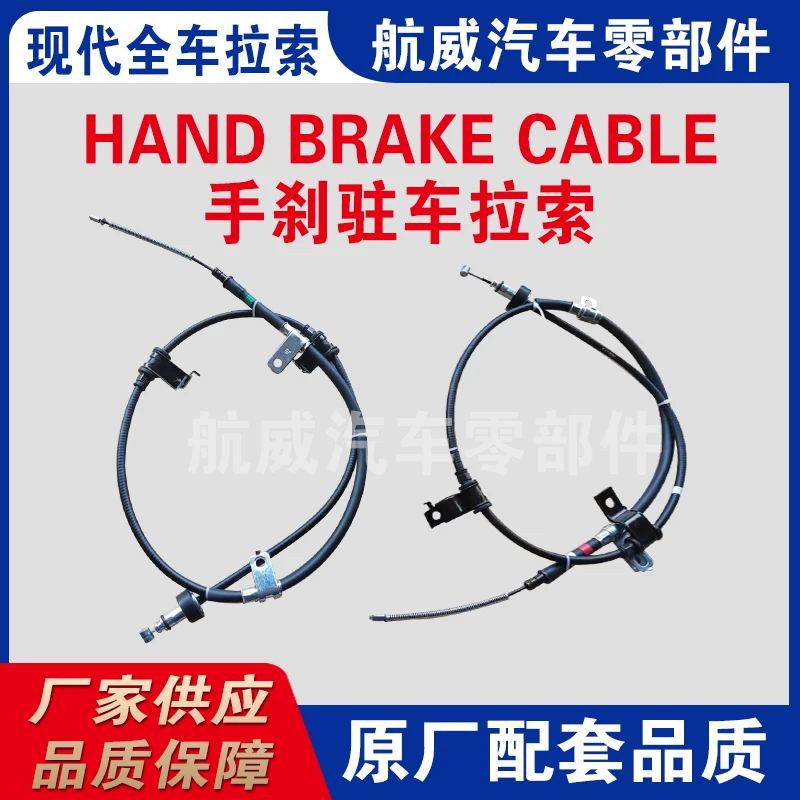Adjusting Shifter Cable for Improved Performance and Smooth Gear Changes
Changing the Shifter Cable A Step-by-Step Guide
The shifter cable is a crucial component of your vehicle’s transmission system. It connects the gear shift lever within the cabin to the transmission itself, enabling the driver to change gears smoothly. Over time, shifter cables can wear out or become frayed, leading to difficulties in shifting gears and potentially leaving you stranded. Fortunately, changing a shifter cable is a task that many car enthusiasts can tackle with the right tools and guidance. Here’s a comprehensive guide to help you navigate this process effectively.
Understanding the Symptoms
Before diving into the replacement, it’s essential to recognize signs that indicate a failing shifter cable. Common symptoms include
1. Difficulty Shifting Gears Whether it’s resistance while trying to engage a gear or the inability to shift into certain gears, these issues often signal a problem with the shifter cable. 2. Cable Fraying or Damage Inspect the cable for any visible signs of wear, such as fraying or kinks. If the outer sheath is damaged, it can lead to a complete cable failure.
3. Unusual Noises If you hear grinding or clunking sounds when shifting gears, this may suggest that the cable is not functioning correctly.
Tools and Materials Needed
To successfully change the shifter cable, you’ll need the following tools and materials
- A new shifter cable compatible with your vehicle model - Socket set - Wrench set - Screwdrivers (flathead and Phillips) - Pliers - Jack and jack stands (if necessary) - A clean rag or shop towel - Safety glasses and gloves
Step-by-Step Replacement Process
1. Preparation
Start by ensuring the vehicle is on a flat surface and securely parked. If necessary, use a jack to lift the vehicle and place it on jack stands. Disconnect the battery to prevent any accidental electrical shorts during the process.
changing shifter cable

2. Remove the Console
If your vehicle has a center console covering the shifter, you’ll need to remove it. Use screwdrivers to take out screws securing the console in place and gently lift it away. Be cautious not to damage any clips or wiring.
3. Detach the Old Cable
Once you have access to the shifter mechanism, locate the shifter cable. It is typically connected to a bracket or a retaining clip. Carefully disconnect the cable from the shifter assembly and the transmission. Note the position of any clips or brackets, as you will need to replicate this with the new cable.
4. Install the New Cable
Take your new shifter cable and thread it through the same path as the old cable. Attach it to the shifter mechanism and the transmission, ensuring that all clips and brackets are securely fastened. Make sure the cable is not twisted or kinked.
5. Reassemble the Console
After completing the cable installation, carefully replace the center console, ensuring all screws and clips are reattached properly. This step is crucial for maintaining the aesthetics and functionality of your vehicle’s interior.
6. Reconnect the Battery and Test
Reconnect the vehicle’s battery. Start the engine and test the shifter. Check that you can change gears smoothly without any resistance or unusual noises. If everything seems to work correctly, you have successfully replaced the shifter cable.
Conclusion
Changing a shifter cable can seem like a daunting task, but with the right tools, patience, and attention to detail, it’s entirely manageable. Regular maintenance of your vehicle’s components, including the shifter cable, can enhance its longevity and performance. If you’re ever unsure, consult your vehicle’s service manual or seek guidance from a professional mechanic. Always prioritize safety during any automotive repair to ensure a successful and hassle-free experience.
-
Upgrade Your Control with Premium Throttle CablesNewsAug.08,2025
-
Stay in Control with Premium Hand Brake CablesNewsAug.08,2025
-
Experience Unmatched Performance with Our Clutch HosesNewsAug.08,2025
-
Ensure Safety and Reliability with Premium Handbrake CablesNewsAug.08,2025
-
Enhance Your Vehicle with High-Performance Clutch LinesNewsAug.08,2025
-
Elevate Your Ride with Premium Gear CablesNewsAug.08,2025
